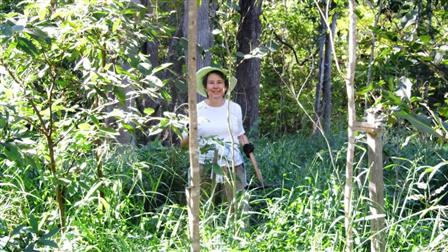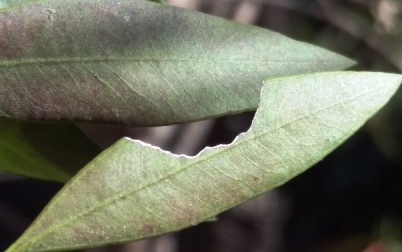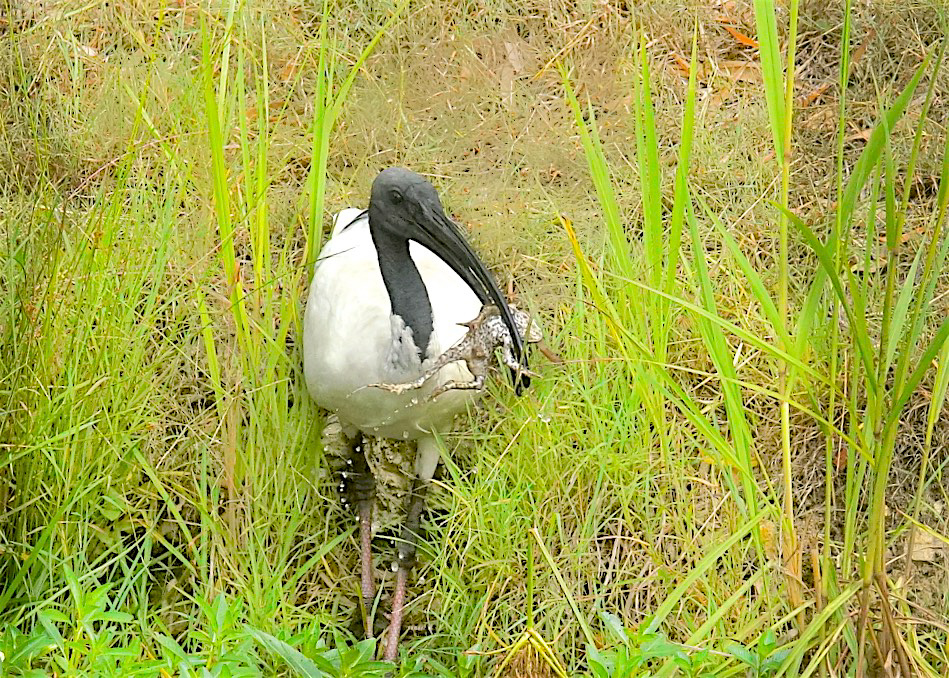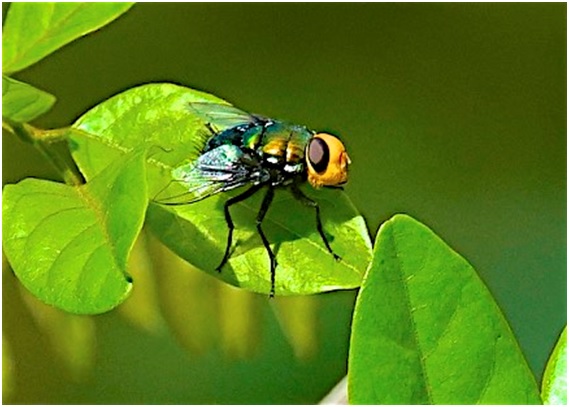Is something eating your chickens? Backyard poultry is the target of many predators, including the somewhat elusive and little known Tuan.
The Brush-tailed phascogale is a tree-dwelling marsupial found in parts of the East coast of Australia and more specifically, in the fringe suburbs of Brisbane.
The Tuan is a voracious nocturnal hunter. It forages on insects and small vertebrates but will also attack poultry.
The Tuan has grey fur on its head and is recognisable by its bushy, black “bottle-brush” tail.
Click here to see a short Bush Bites article about an encounter with a local Tuan.
For more local information, you can visit the Queensland Museum website.
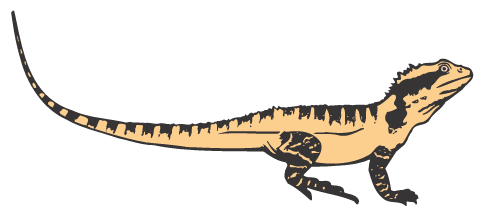
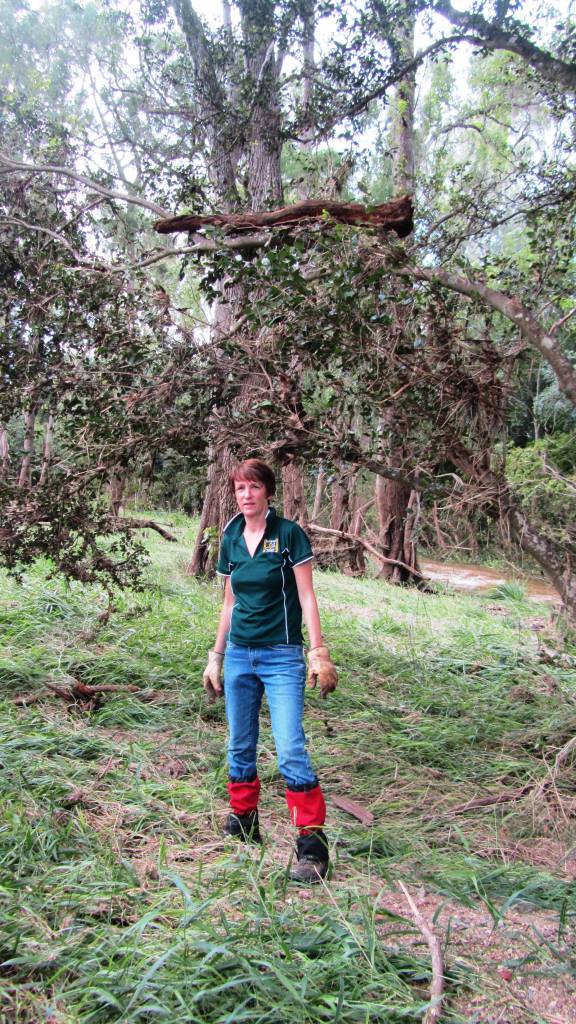
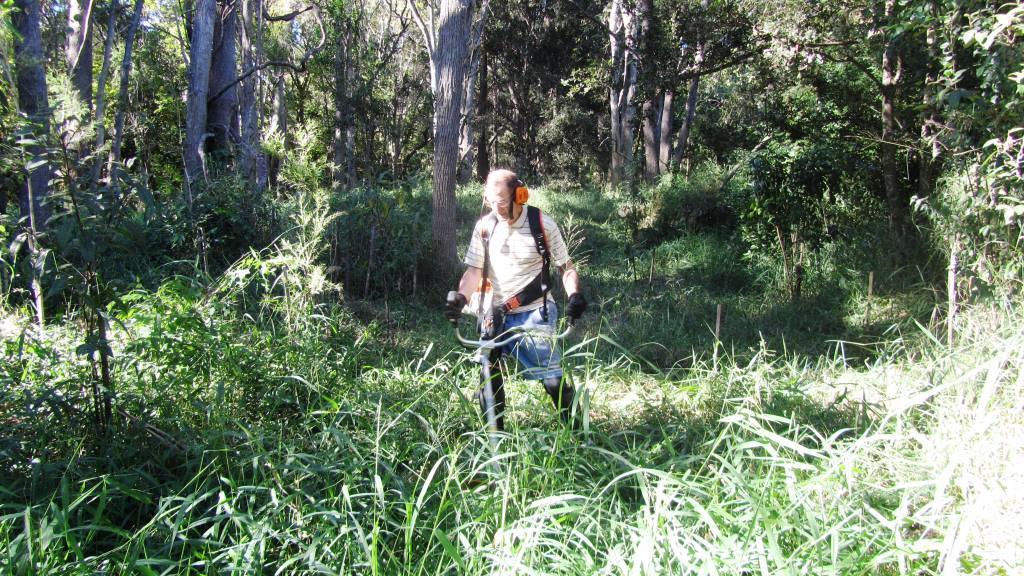
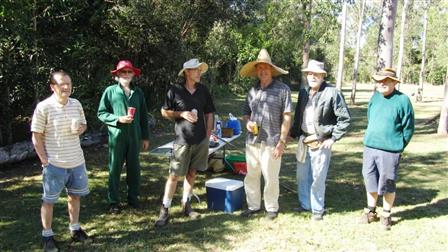
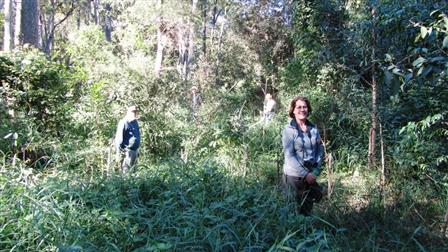
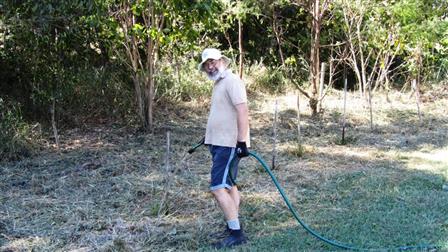
.jpg)
